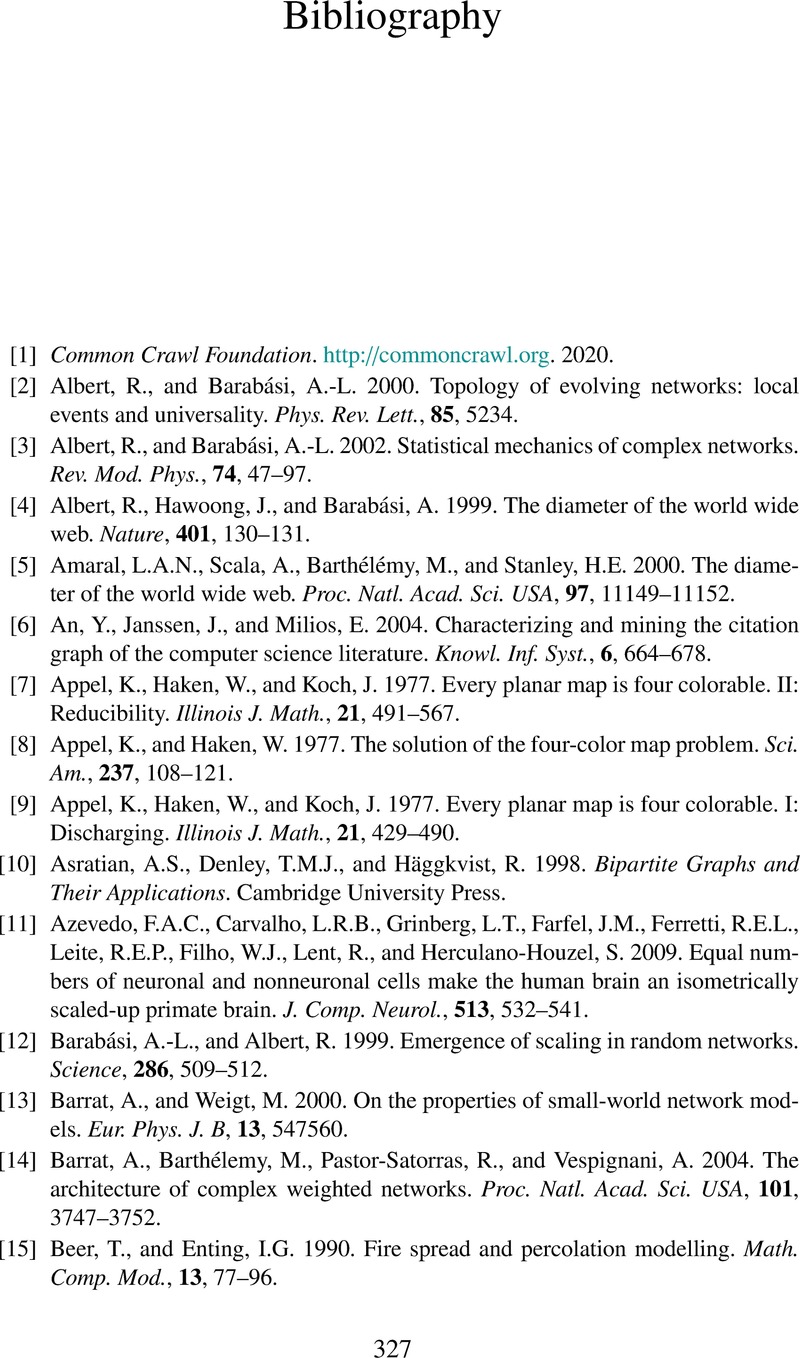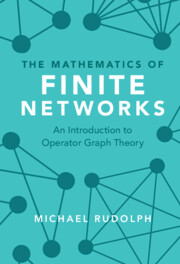Bibliography
Published online by Cambridge University Press: 30 April 2022
Summary

- Type
- Chapter
- Information
- The Mathematics of Finite NetworksAn Introduction to Operator Graph Theory, pp. 327 - 332Publisher: Cambridge University PressPrint publication year: 2022



